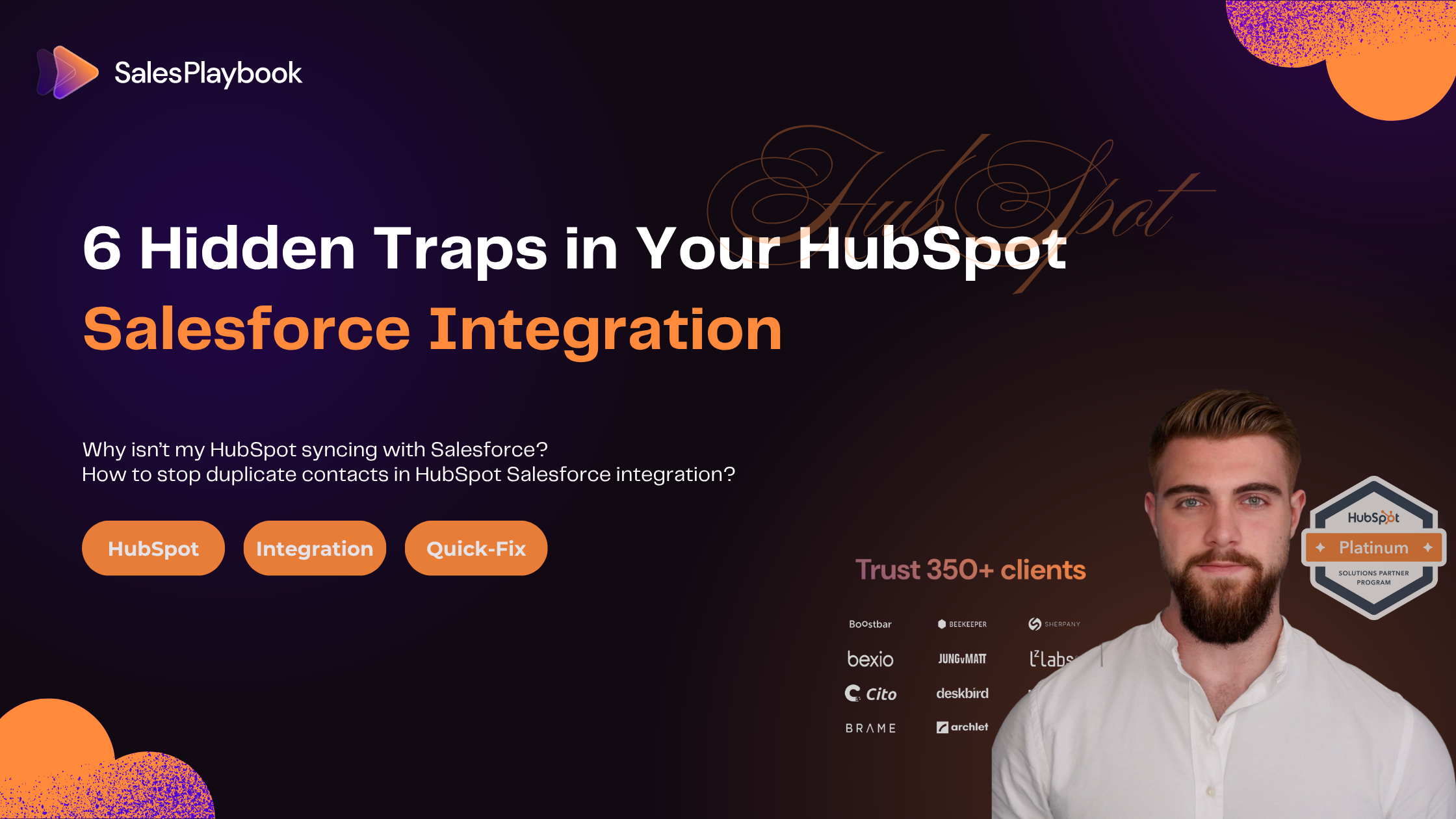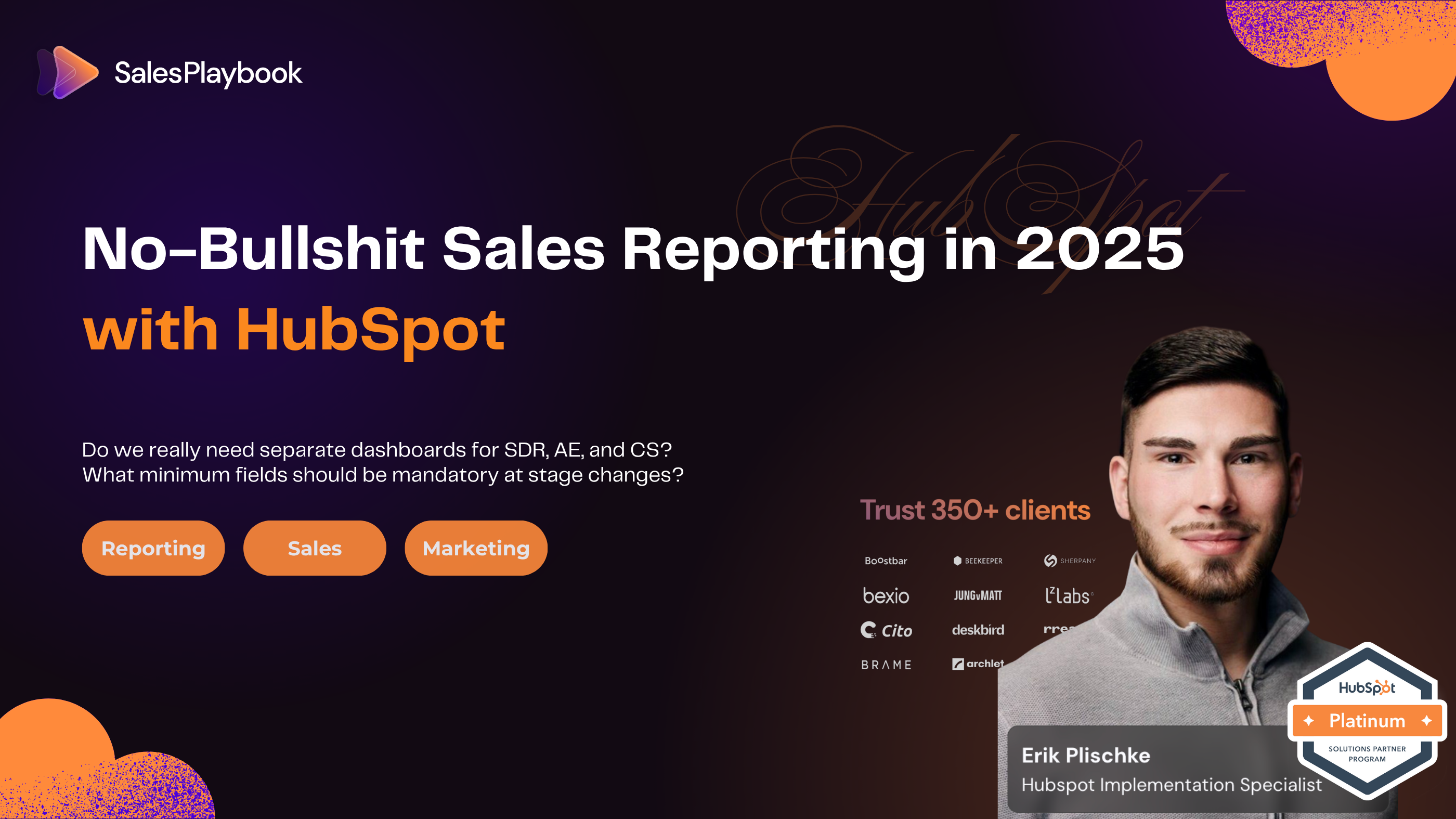Understanding HubSpot and Salesforce Accounts
A successful Salesforce integration starts with a clear understanding of the different account types and their roles. Your HubSpot account powers marketing automation, while your Salesforce account is the backbone of customer relationship management. To connect the two platforms, both accounts must have the right permissions: the Salesforce account needs API access enabled, and the HubSpot account must be authorized to connect with Salesforce. Ensuring both your HubSpot and Salesforce accounts meet these requirements is a critical first step in the integration process, setting the stage for seamless data flow and effective collaboration between marketing and sales teams.
Preparing for HubSpot Integration
Before connecting HubSpot to Salesforce, it’s important to lay the groundwork for a smooth integration. Start by confirming that your HubSpot account has the necessary permissions to access Salesforce, and that your Salesforce account has API access enabled. Next, review and configure your sync settings to determine which data will be shared between the two platforms. Taking the time to properly prepare both accounts by setting permissions, enabling API access, and fine-tuning sync settings will help prevent issues down the line and ensure your integration process goes off without a hitch.
Connecting HubSpot to Salesforce
Connecting HubSpot to Salesforce involves a few key technical steps, but the payoff is a more unified experience for your sales reps and marketing teams. Begin by installing the HubSpot integration package within your Salesforce environment. Once installed, configure your sync settings to control how data flows between the two systems, and map the necessary fields to ensure information lands in the right place. For added convenience, the HubSpot embed window can be set up in Salesforce, giving sales reps direct access to HubSpot insights without leaving their CRM. Don’t forget to monitor the sync health tab regularly this tool helps you quickly spot and resolve any sync errors, keeping your integration running smoothly.
Navigating API Call Limit and API Calls
When integrating HubSpot and Salesforce, keeping an eye on your API call limit is crucial. The API call limit determines how many times your systems can communicate with Salesforce in a given period. If you exceed this limit, you may encounter sync errors or delays in data transfer. To avoid disruptions, monitor your API calls closely and adjust your sync settings to optimize usage. If your business needs more capacity, consider upgrading your Salesforce plan to increase the API call limit. By proactively managing API calls, you’ll ensure your HubSpot and Salesforce integration remains reliable and efficient, supporting your sales and marketing teams without interruption.
Why the Native Sync Isn’t Enough for Salesforce Integration in 2025
Even with 200-plus new HubSpot features released this year, most B2B SaaS teams still battle data friction. A 2025 CRM data-management report found 76 % of organizations admit that less than half of their CRM data is accurate and complete, while 37 % have lost revenue directly because of bad data. When accuracy drops, forecasts fail, reps improvise, and revenue leaks out unseen. Poor integration often leads to increased manual data entry, which further compounds data inaccuracy.
Ineffective lead management can also result from incomplete or inaccurate CRM data, making it harder to identify and convert sales opportunities.
Below are the six most common integration pitfalls and the fast fixes that safeguard pipeline, morale, and board-level credibility. Aligning integration strategies with business objectives is essential to prevent these pitfalls.
Pitfall #1: Believing the Native Integration “Just Works”
HubSpot’s Salesforce connector is plumbing, not automation. It moves records but cannot interpret buyer-journey logic or enrichment rules on its own. Treat it like a data pipeline that still needs clear instructions. Defining sync rules and data mapping is essential to ensure accurate data flow between systems, prevent errors, and maintain data integrity.
Quick Fix
- Map every stage of your marketing-to-sales journey.
- Create inclusion lists in HubSpot usually post-MQL—so only qualified records sync.
- Layer workflows for enrichment, deduplication, and lifecycle progression before any data travels to Salesforce.
Pitfall #2: Over-Trusting Official Documentation
Vendor guides cover default setups, not complex, custom-object architectures or territory-based lead routing. When working with custom objects, it's essential to carefully map custom objects and Salesforce fields to the matching HubSpot property to ensure accurate data mapping and avoid sync issues. Following them verbatim can leave critical edge cases unsolved.
Quick Fix
Draft a custom playbook that documents:
- Object ownership rules
- Non-standard field mappings
- Custom object sync settings (beta now supports bidirectional associations).
Review it quarterly as your revenue process evolves.
Pitfall #3: No Defined Source of Truth per Object
When both systems own the same field, inevitable overwrites occur. Inconsistent property values between HubSpot records and Salesforce records can lead to data integrity issues, requiring manual updates to ensure accurate contact and account management. The result: dirty data, sync errors, and finger-pointing.
Pitfall #4: Decoupled Lifecycle & Sales Funnels
If Lifecycle Stage in HubSpot and Opportunity Stage in Salesforce don’t share a common language, reporting breaks and lead hand-offs stall. To maintain lead management continuity, new HubSpot contacts must be properly categorized and converted to Salesforce leads, ensuring that the distinction between contacts and leads is preserved and data flows correctly between the two systems.
Quick Fix
- Align stages (e.g., Marketing Qualified ⇔ Stage 1/Prospecting).
- Automate progression with cross-platform workflows.
- Audit funnel metrics weekly to confirm parity in both CRMs.
Pitfall #5: Ignoring Sync Errors Until Crisis
Sync failures accumulate silently. One day you discover thousands of missing contacts—or worse, that finance has been forecasting on bad numbers for months. Common sync errors, such as data formatting issues and field mismatches, can often cause these problems. It is important to have a designated integration user with the correct API access and permissions to help prevent and resolve these errors. A Salesforce admin should regularly monitor and address sync issues to maintain system integrity.
Quick Fix
- Monitor the Sync Health dashboard daily to spot API-limit spikes and error trends.
- Leverage the Data Quality Command Center to surface property issues and duplicate records.
- Schedule a 30-minute weekly admin audit; resolve errors before they snowball.
Pitfall #6: Syncing Everything Without Filters
A “sync-all” mindset clogs APIs, bloats storage, and bombards reps with noise. Indiscriminately importing data and sharing data between systems can overwhelm users and reduce data quality. Quality, not quantity, drives revenue. Syncing only relevant HubSpot contacts supports targeted marketing campaigns and helps maintain marketing alignment between sales and marketing teams.
Quick Fix
- Define inclusion-list criteria typically lifecycle ≥ MQL or record type = Customer.
- Exclude low-intent leads, competitors, test records, and outdated contacts.
- Review API consumption; throttle non-essential objects when limits approach 80
Frequently Asked Questions
Do I need to sync every object bi-directionally?
No. Start with critical objects (Contacts, Companies, Deals) and add others only when a clear use-case emerges.
How often should we audit sync errors?
Weekly for scale-ups; daily during high-volume campaigns.
What’s the #1 KPI of a healthy integration?
Data-match accuracy between pipeline totals in both systems (aim for ≥ 98 %).
How many API calls does HubSpot need daily?
Budget 30 % more than average loads to handle spikes in bulk updates and imports.
Does the integration support Salesforce Group Edition?
No, the HubSpot Salesforce integration does not support Salesforce Group Edition. Only Salesforce editions with API access are supported.




.png)





